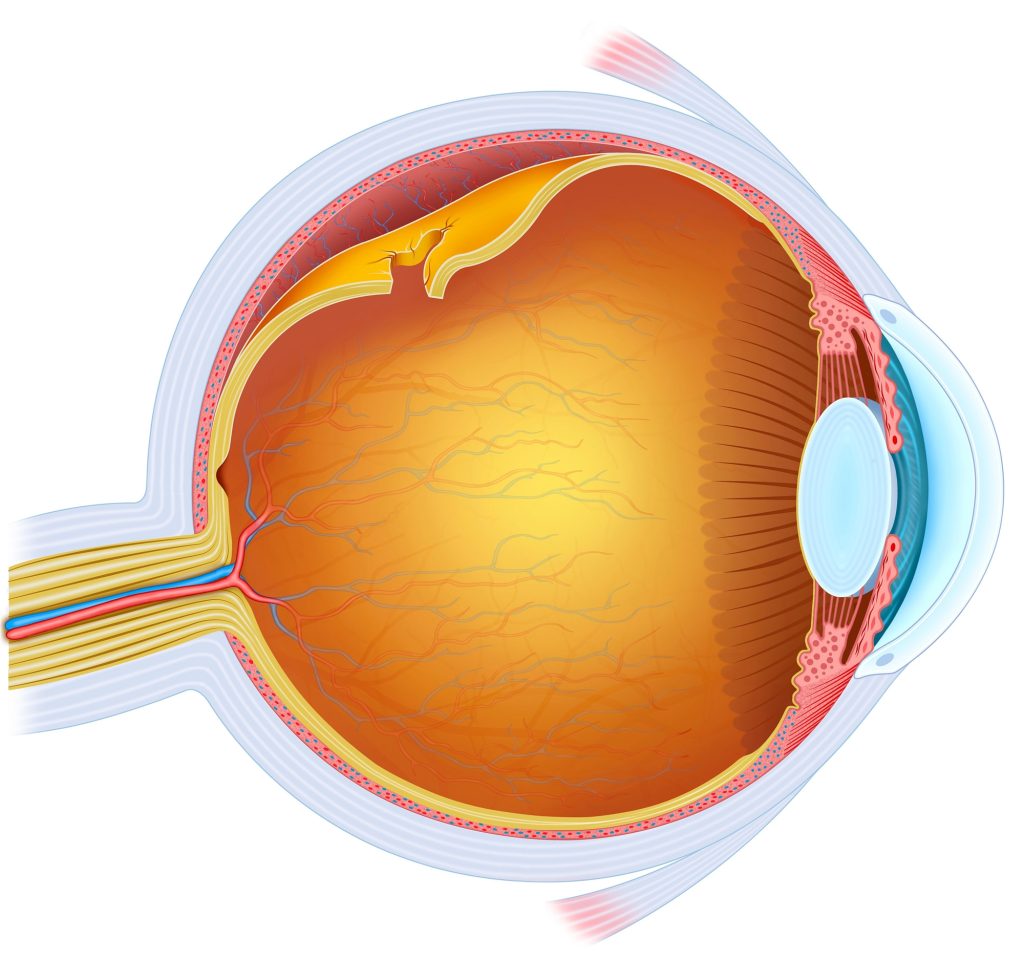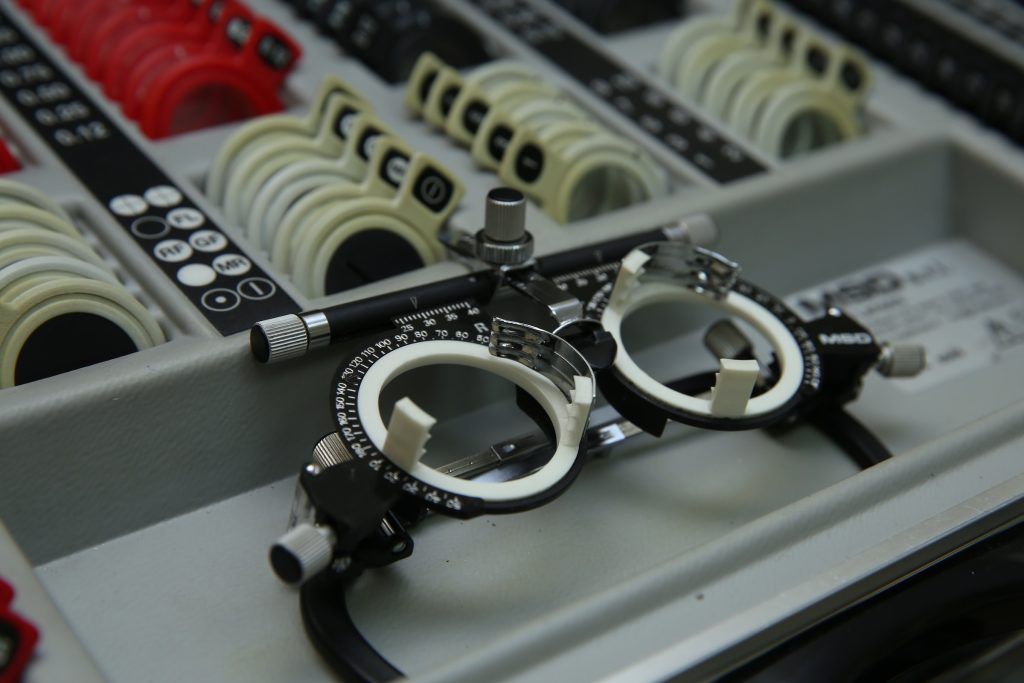Retinal Detachment is a serious ocular disorder that can seriously impair vision. It is characterised by the retina peeling away from the underlying layer of support tissue. This is a medical emergency that needs to be treated right now in order to avoid serious or irreversible visual loss.

This disorder contributes significantly to vision impairment globally and can result in blindness if treatment is not received in a timely and efficient manner. Retinal surgery advances throughout the years have revolutionised the way we treat this problem, leading to significant improvements in patient outcomes and quality of life.
Basics on Retinal Detachment
Contents
A condition known as retinal detachment occurs when the retina, the back of the eye’s light-sensitive layer of tissue, separates from the blood vessels that provide it with nourishment and oxygen. Common symptoms include flashes of light in one or both eyes, decreased peripheral vision, and a sudden or gradual rise in floaters—tiny dots that move across your field of vision.

A thorough eye examination that includes a visual acuity test, dilated eye exam, and retinal examination is used to identify the problem. In situations of retinal detachment, prompt diagnosis and treatment are essential because any delay might result in irreversible visual loss.
Traditional Retinal Detachment Surgeries
Retinal detachment surgeries were performed with techniques like retinopexy, scleral buckle, or vitrectomy. In pneumatic retinopexy, a gas bubble is injected into the vitreous cavity of the eye in order to push the detached retina back into place.
The scleral buckle procedure involved the placement of a flexible band around the eye in order to counteract the forces that are pulling the retina out of place. In vitrectomy, there is the use of tiny instruments that are designed to remove the vitreous gel that is pulling on the retina.
These traditional methods do come with certain limitations that include invasiveness, complications, and variable success rates and they paved the innovations in surgical techniques and tools that aim to counter these problems.
Current Advancements in Retinal Detachment Surgery
New developments and inventions in the field of retinal detachment procedures have been made in an effort to continuously improve surgical outcomes. Modern diagnostic technologies, better surgical instruments, less invasive procedures, and improved methodologies for more accurate and efficient outcomes are a few of them.
For example, The development of small gauge vitrectomy equipment, for example, has completely changed retinal surgery. Smaller devices are used by these systems, which results in less invasive procedures and quicker recovery periods.
Surgeons can perform more accurate procedures because of enhanced visualisation technology like digital 3D surgical viewing systems, which provide them with unmatched visual information throughout the process.
Advantages and Disadvantages of New Retinal Detachment Surgery Advancements
The most recent developments in retinal detachment surgery provide several benefits. First of all, these advancements offer improved diagnostic capacities that enable early identification and precise condition assessment. Because these new treatments are minimally intrusive, there is less stress on the eye, which lowers problems and improves patient recovery.

These advancements are beneficial but in the end, they do come with their own set of challenges. One of the challenges would be the accessibility of these advanced technologies especially in developing regions of the world. Furthermore, the use of these new techniques will need specialized training and technological familiarity which could further increase the cost but also may not even be available. These challenges are what prevent them from being more widespread in their adoption.
Future of Retinal Detachment Surgery
The future of surgery for retinal detachments seems fairly bright. We may anticipate more developments that will continue to enhance surgical results and patient experiences given the quick progress made in retinal imaging, biomaterials, and surgical procedures. This might involve the creation of more precise diagnostic instruments, the application of cutting-edge, minimally invasive surgical methods, and the arrival of individualised treatment plans based on unique patient traits.

However, the journey towards these prospective advancements is not without challenges. Issues like healthcare disparities, cost-efficiency, and practitioner training will need to be addressed to ensure these innovations can most effectively translate into improved patient care.
The way we treat this serious eye issue has definitely changed as a result of the advances in retinal detachment surgery. These developments have made a significant difference in the preservation and restoration of vision in those who are affected by the condition by enabling more precise diagnosis and better surgical results.

In order to enhance patient outcomes and give all patients with retinal detachment better care, it is crucial that we keep pushing the envelope of innovation in this area going forward. Therefore, in the years to come, the importance of Retinal Detachment Surgery Advances in producing better results will not diminish.

